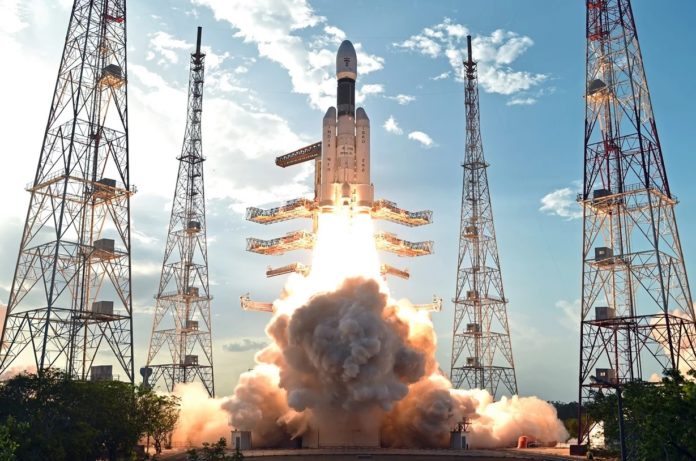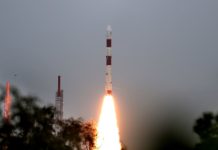Yesterday, during a session of the Lok Sabha (the Indian parliament’s Lower House), several questions were raised about the Indian Space Research Organisation (ISRO’s) budget and plans, as well an official Space Bill for the nation.
ISRO spacecraft budget estimates for 2019-2022
In the next three years, ISRO hopes to build and launch a number of satellites, with Earth Observation systems overtaking communication satellites as its main focus. Also, a sizeable budget has been allocated towards space science and exploration. Meanwhile, navigation satellites have taken a back seat – at a budget of approximately US$8m and an existing constellation of 7 operational satellites, it is unlikely that any more satellites for India’s IRNSS constellation will be launched.
The budget estimates are as follows, with some leeway for currency conversion from Crore Rupees to USD.
| Programme | Budget Estimate (Crore Rupees) | Budget Estimate (USD in millions) |
| Communication satellites | 403.10 | 56.26 |
| Earth Observation Systems | 510.35 | 70 |
| Satellite navigation | 50.00 | 7.98 |
| Space Science & Exploration | 214.10 | 29.89 |
| TOTAL |
1177.55
|
164.13 |
The budget announcement did not specify exactly how many satellites will be developed and launched. However, it can be inferred from the table that a maximum of 2 new communication satellites will be developed – possibly one, considering India intends to launch High Throughput Satellites (HTS) for Direct To Home (DTH) applications. In the Earth Observation sphere, ISRO’s satellites will encompass optical remote sensing, microwave remote sensing, Infra Red remote sensing (IR).
With the announcement of the Indian Human Spaceflight Programme (HSP) earlier this year, ISRO is ramping up its space science and exploration efforts. In addition to HSP and its crewed orbital spacecraft Gaganyaan, which is aiming for a test launch in 2020 (unmanned), ISRO is also developing its first solar probe, Aditya, scheduled to launch in 2021. ISRO is also working on its second Mars Orbiter Mission for launch in 2022-23, followed by a Venus orbiter, Shukrayaan-1, which is presumably still in its design phase.
Working towards an Indian Space Bill
At the moment, India does not have a regulatory framework for space activities, which is becoming necessary with the growth of the private space industry in the country. As such, a Space Activities Bill was drafted in 2017, with a hope to introduce an official Bill to the Budget by 2019.
The Space Bill calls for the establishment of a regulatory body in charge of authorization and licensing, as well as liability issues. The 2017 draft has been revised according to feedback by relevant stakeholders; the contents of the revision have not been disclosed.
Human Spaceflight Programme
In October, ISRO signed a Memorandum of Understanding (MoU) with Russia’s space agency Roscosmos for programme, which includes astronaut training as well as cooperation on manned space systems.
The announcement made yesterday, however, emphasized that the MoU does not include a stay at the International Space Station (ISS). Instead, ISRO’s astronaut will orbit the Earth using the indigenously-developed Gaganyaan crewed orbital spacecraft, which will be launched by ISRO’s new launcher GSLV-Mk III. Gaganyaan is expected to conduct its first manned flight in 2021, carrying Indian astronauts to a 400 km Low Earth Orbit (LEO) for seven days.







